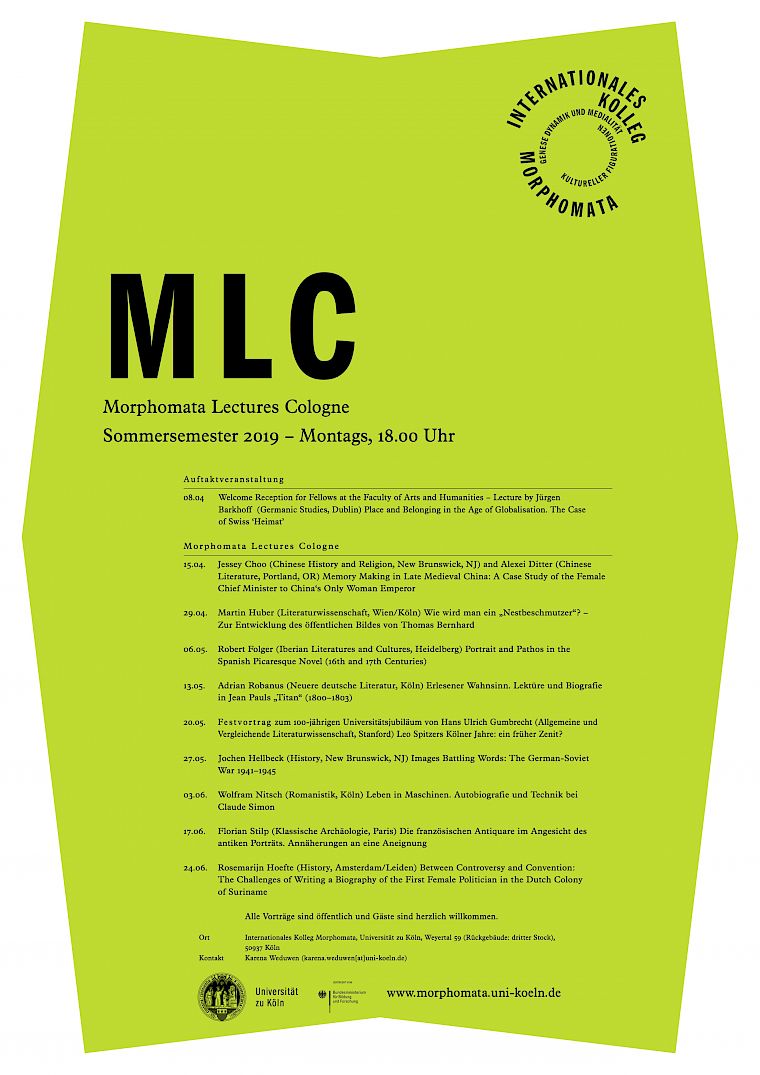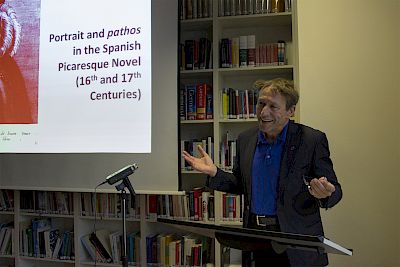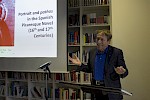With the publication of the first picaresque novel, Lazarillo de Tormes, in 1554, we hear for the first time the voice of the subaltern in world literature. He presents the story of his life as a rise from absolute destitution to a moderately comfortable socio-economic situation. His autobiography is a story of the triumph of poiesis (action and creation) over pathos (suffering and hardship). After a series of picaresque novels in which the protagonist’s social ascent is stifled and his suffering merely a source of derision, the chronologically last picaresque novel, Estebanillo González (1646), reenacts the foundational text’s basic premise (a record of achievements that deserve reward). At the same time, Estebanillo marks the demise of the initial emancipatory impulse because it defames poverty and social exclusion as the result of personal vice. The importance of Estebanillo lies in its development of the embryonic potential for identification in the ur-text Lazarillo: Estebanillo portrays himself as a suffering individual with graphic details. Meant as source of entertainment for the powerful, this portrayal foreshadows the possibilities of autobiography in the 18th century and its “sensitive” subject that exposes itself radically.
Respondent: Wolfram Nitsch (Cologne)


